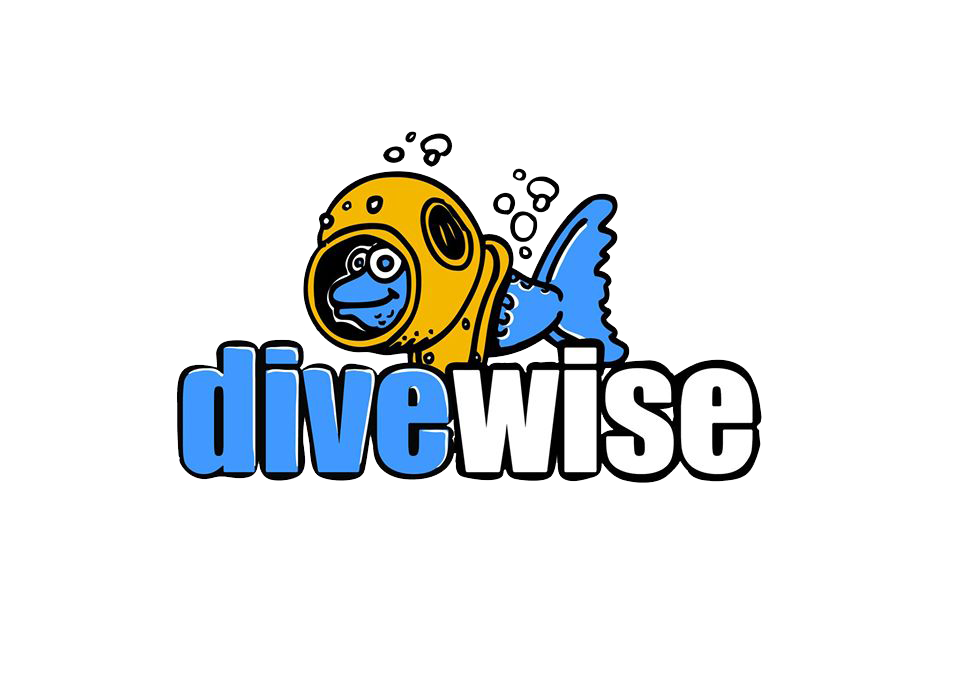As some of you will know, I have become the go-to person at Divewise to ask about marine life. Why do I know so much? I don’t! I’m just interested in animals in general and anything that lives under the surface. If anything can harbour creatures, be it natural or manmade, it will attract me to explore it.
So, we plunge into our hidden world to escape from the relentless busyness of our everyday life. What do we find? – a calm, tranquil almost serene landscape, which in the Mediterranean appears to have a little colour, unless you shine that gorgeous new torch you bought on the reef. Torches don’t need to be expensive, just something that can replace that lost light that you learned about on your PADI Open Water diver course.
Over the past couple of years, I have grown inquisitive about Malta’s aquatic plants and corals, mainly from diving along the reef near the wreck of the Tug 2. Swimming along I was drawn to the size of these corals, a lot of which get completely ignored as some divers are unaware that these wonderful creatures are actually corals! They are huge compared to others I have seen in Malta. So, during this lockdown, I have been trying to learn more about the corals we see whilst diving in Malta.
My first idea was to learn the different names of local corals. Searching corals in an internet browser generally results in corals of tropical seas or fish tanks. Not very helpful! However, I have come across some useful facts which I would like to share with you.
CONTENTS:
What is coral
Corals are simple animals, from the Phylum Cnidarian made up of more than 9000 living species. They can form complex and diverse communities. Corals are animals whose cells are organized in tissues. They have a nervous system, grow, and reproduce. All of them are unique marine species which exist in all of the ocean habitats known to us, from shallow water and tide pools to the greatest depths that can support marine life.
One of the branches down from the Phylum Cnidarian is Anthozoa. Anthozoaare by description from the Greeks (Antho meaning Flower and Zola meaning animal) a large class of sedentary marine coelenterates that include sea anemones and corals. They are either solitary or colonial and have a central mouth surrounded by tentacles. Slipping further down the family tree it divides again into Octocoralla and Hexacoralla. And I bet you can guess the meanings! Latin this time, Octo – Eight and Hexa – Six. Coralla are the petals or inner floral leaves of a flower.

Where does tube anemone grow
I’m going to take you down the hexacorals branch of sea anemones. One of which is tube sea anemones. These live semi-buried in soft substrate surrounded by a parchment-like tube which they secrete. This surrounds the whole anemone up to its crown of tentacles. Sand grains, debris, and shell fragments usually stick to the outer side of the tube. When it is disturbed, the anemone retracts swiftly back into the tube just like Peacock worms, which this form of anemone can be easily confused with. Some of the larger species can have a column of up to 25 inches(640 mm) in length. The longitudinal muscles in the trunk are powerful but the transverse ones are weak. The outer ring of tentacles are long and tapering. The tube is flexible and the anemone can extend its tentacles a surprisingly long way. The inner ring of tentacles surrounds the central mouth and assists in pushing food inside.

What does coral eat
Corals are communal animals related to sea anemones and jellyfish. Like their cousins, they catch tiny animals (called zooplankton) using stinging tentacles that surround the single body opening that acts as both a mouth and anus.
Many corals also contain symbiotic algae called zooxanthellae. The zooxanthellae allow them to get some extra energy through photosynthesis.

Why are corals different colours
As many of you have found on your encounters with tube anemones during daylight dives, the anemone retracts within its tube. On night dives, however, the sea creatures stay out more confidently and become more alluring. Let me take you back a few paragraphs ago when I was talking about the use of a torch to bring out the colours. Take a different form of light on a night dive and as if by magic some corals, animals, and plants shine by a different means. I’m talking about bioluminescence. Tube anemones at night, under UV light, fluoresce. It’s magical. Everyone you see is slightly different. Under UV light corals or plants are not as plain as one first sees.
My Own Photography
If I piqued your interest in observing these creatures why not join us on a night dive or how about completing the PADI Night Speciality and be in awe of all things that go bump in the night. The picture left is taken at night without UV light. The photo was taken on the right, with UV light. Both on Divewise house reef.

Why is coral important to Malta's marine ecosystem
Healthy coral reefs are among the most biologically diverse and economically valuable ecosystems on earth, providing valuable and vital ecosystem services. Coral ecosystems are a source of food for millions; protect coastlines from storms and erosion; provide habitat, spawning and nursery grounds for economically important fish species; provide jobs and income to local economies from fishing, recreation, and tourism; are a source of new medicines, and are hotspots of marine biodiversity.

Written By: Sarah Shaw




